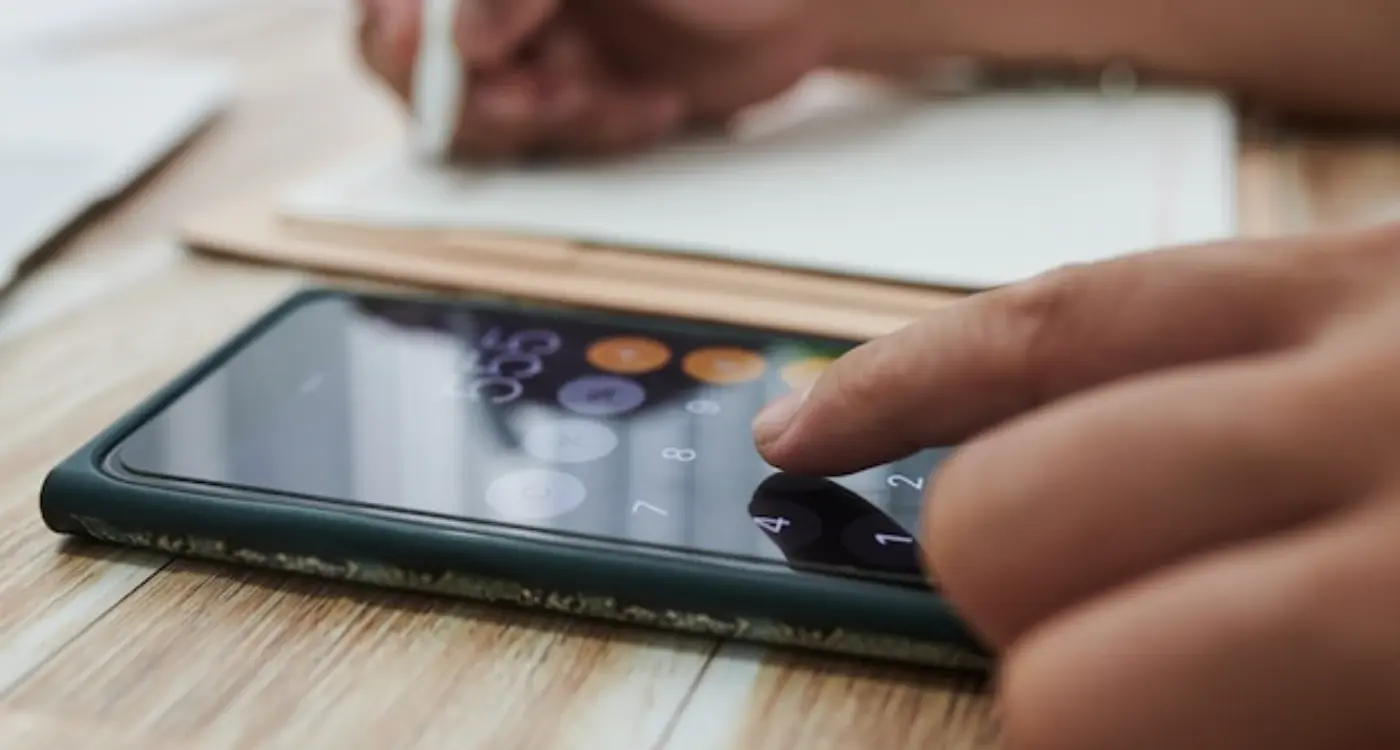Should You Choose Agile or Waterfall for Your Mobile App Project?
Most mobile app projects fail not because of bad code or poor design, but because the wrong development methodology was chosen from the start. I've watched countless projects stumble—not because the team lacked talent, but because they picked an approach that didn't match their project's needs. The choice between Agile and Waterfall isn't just a technical decision; it's a strategic one that affects everything from your budget to your launch timeline.
When you're planning a mobile app project, you'll quickly discover that how you build matters just as much as what you build. The development methodology you choose becomes the foundation for how your team works together, how they handle changes, and how they deliver your vision. Think of it as choosing the rules of the game before you start playing.
The right project approach can make the difference between launching a successful app and watching your budget disappear into endless revisions
This guide will help you understand which development methodology suits your mobile app project best. We'll explore when Agile's flexibility serves you well and when Waterfall's structure might be exactly what you need. By the end, you'll have the knowledge to make an informed decision that sets your project up for success.
What Are Development Methodologies
Development methodologies are structured approaches that teams use to plan, build, and deliver software projects—including mobile apps. Think of them as different ways of organising work and making decisions throughout the development process.
I've worked with dozens of development teams over the years, and I can tell you that the methodology you choose makes a massive difference to how smoothly your project runs. Some teams prefer to plan everything upfront and follow a strict sequence of steps. Others like to work in short bursts, constantly adapting and improving as they go.
The Two Main Approaches
There are loads of different methodologies out there, but for mobile app development, most teams gravitate towards two main camps: Agile and Waterfall. These aren't just fancy names—they represent completely different philosophies about how software should be built.
Waterfall follows a linear, step-by-step approach where you complete one phase before moving to the next. Agile breaks work into small chunks and encourages regular feedback and changes. Both have their place in mobile development, and choosing the right one depends on your specific project needs, timeline, and team structure.
Understanding these methodologies isn't just academic—it affects everything from your budget to your launch date to how involved you'll be in the development process.
Understanding Agile Development
Agile development is like building something whilst constantly checking if you're on the right track. Instead of planning everything upfront and hoping it all works out, you build your mobile app in small chunks called sprints—usually lasting 2-4 weeks each. After each sprint, you've got something working that you can show to people and get feedback on.
The whole idea behind agile is flexibility. Requirements change, users want different things, and sometimes what seemed like a brilliant idea at the start turns out to be rubbish when you actually build it. I've seen this happen countless times over the years, and trust me, it's better to find out early rather than after you've spent months building the wrong thing!
How Agile Actually Works
Your development team works in short bursts, building features one at a time. At the end of each sprint, you review what's been built, test it with real users if possible, and decide what to tackle next. This means you can change direction quickly if something isn't working or if you discover a better approach.
The beauty of agile for mobile app development is that you're constantly learning. User feedback comes in early and often, which means you can fix problems before they become expensive mistakes. Your app evolves based on real data rather than assumptions you made months ago.
Start with your most important features first when using agile—this way you'll have something valuable to show users quickly and can gather feedback whilst building the rest.
Understanding Waterfall Development
Waterfall development is like following a recipe step by step—you complete one stage before moving to the next. This approach has been around for decades and gets its name because each phase flows down to the next one, just like water cascading down a waterfall.
In waterfall development, your mobile app project follows a strict sequence. First comes planning and requirements gathering, then design, followed by development, testing, and finally deployment. You can't skip ahead or go backwards easily; each phase must be completed before the next one begins.
Key Characteristics of Waterfall
- Linear progression through defined phases
- Extensive documentation at each stage
- Limited client involvement after initial planning
- Testing happens near the end of development
- Changes are difficult and expensive to implement
The waterfall method works well when you have a clear vision of what you want to build and the requirements won't change much. Many large organisations still prefer this approach because it provides predictable timelines and budgets—something that's particularly valuable when working with fixed contracts or regulatory requirements.
The main drawback? If you discover issues late in the process or need to make changes, it can be costly and time-consuming to go back and fix things.
When Agile Works Best For Mobile Apps
After years of working with different clients and their mobile app projects, I've noticed that Agile development methodology tends to shine in certain situations. It's not always the right choice—but when it is, it can make the difference between a successful app launch and a complete disaster.
Agile works brilliantly when you're building a mobile app but aren't completely sure what users will want. Let's say you're creating a fitness app; you might think people want detailed workout plans, but after testing with real users, you discover they actually prefer quick 5-minute exercises. With Agile, you can pivot quickly without throwing away months of work.
Perfect for Fast-Moving Markets
If you're entering a competitive market where things change rapidly, Agile gives you the flexibility to adapt. Social media apps are a perfect example—user preferences shift constantly, and new features pop up everywhere. The development methodology allows you to respond to these changes without starting from scratch.
The beauty of Agile lies in its ability to embrace change rather than resist it
Agile also works well when you have a collaborative team that can communicate regularly. If your project approach involves frequent feedback sessions and you're comfortable with evolving requirements, then Agile might be your best bet for mobile app development.
When Waterfall Makes More Sense
I'll be honest with you—most mobile app projects benefit from Agile's flexibility. But there are times when Waterfall's structured approach is exactly what you need. After years of managing different types of projects, I've learned to spot when clients should consider the traditional route.
Fixed budgets and tight deadlines often make Waterfall the smarter choice. When you're working with a company that needs to know exactly what they're getting and when they'll get it, Waterfall delivers that certainty. Government contracts, corporate projects with strict approval processes, and apps with heavily regulated requirements all tend to work better with this approach.
Simple Apps with Clear Requirements
Sometimes an app is just straightforward. If you're building a basic calculator, a simple information app, or something with very clear functionality that won't change, Waterfall can actually be faster. There's no point in having weekly meetings and constant feedback loops when everyone knows exactly what needs to be built from day one.
When Your Team Prefers Structure
Some development teams work better with clear phases and defined handoffs. If your developers are more comfortable with detailed specifications and your designers prefer to complete everything upfront, forcing an Agile approach might slow things down rather than speed them up.
Hybrid Approaches You Can Consider
Sometimes the best mobile app development methodology isn't picking one side or the other—it's finding a middle ground that works for your specific project. I've worked with clients who started with waterfall planning but switched to agile development once coding began, and it worked brilliantly for them.
The most common hybrid approach combines waterfall's upfront planning with agile's flexible development cycles. You spend time at the beginning defining requirements, creating detailed designs, and mapping out your app's architecture. Then you build it using short sprints with regular testing and feedback loops.
Agile-Fall: Planning First, Building Fast
This approach gives you the structure of waterfall during the planning phase but keeps development flexible. You'll know exactly what you're building before you start coding, but you can still adapt as you go.
Staged Hybrid: Different Phases, Different Methods
Some teams use waterfall for research and design, then switch to agile for development and testing. This works well when you need approval from stakeholders before development starts but want to stay responsive during the build phase.
Start with a detailed project plan but build in review points every 2-3 weeks where you can adjust your approach based on what you've learned.
The key is being honest about your project's needs rather than forcing yourself into one methodology because it sounds better on paper.
Conclusion
After working with countless mobile app projects over the years, I can tell you there's no universal answer to whether Agile or Waterfall is better—it really depends on your specific situation. What I've learnt is that the best approach comes down to understanding your project's unique needs, your team's capabilities, and what you're trying to achieve.
If you're building something innovative where requirements might change, have a flexible budget, and want to involve users throughout the process, Agile will probably serve you well. The iterative nature means you can adapt quickly and avoid building something nobody wants. But if you're working with fixed budgets, have very clear requirements from the start, or need extensive documentation for compliance reasons, Waterfall might be the smarter choice.
Don't forget about hybrid approaches either—sometimes mixing elements from both methodologies gives you the best of both worlds. Many successful app projects use a combination that fits their particular circumstances.
The most important thing is being honest about your project's constraints and choosing the methodology that gives you the best chance of success. There's no shame in picking Waterfall if it suits your needs better, just as there's no requirement to use Agile simply because it's trendy.
Share this
Subscribe To Our Learning Centre
You May Also Like
These Related Guides

How Do You Price Your App Without Losing Money?

Can App Development Make You Rich?



